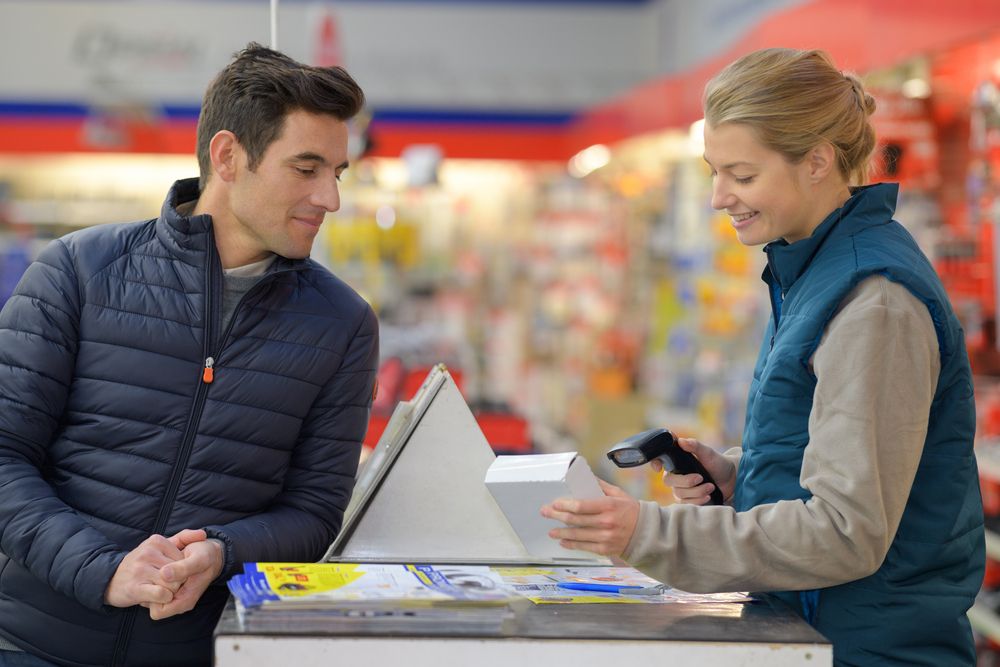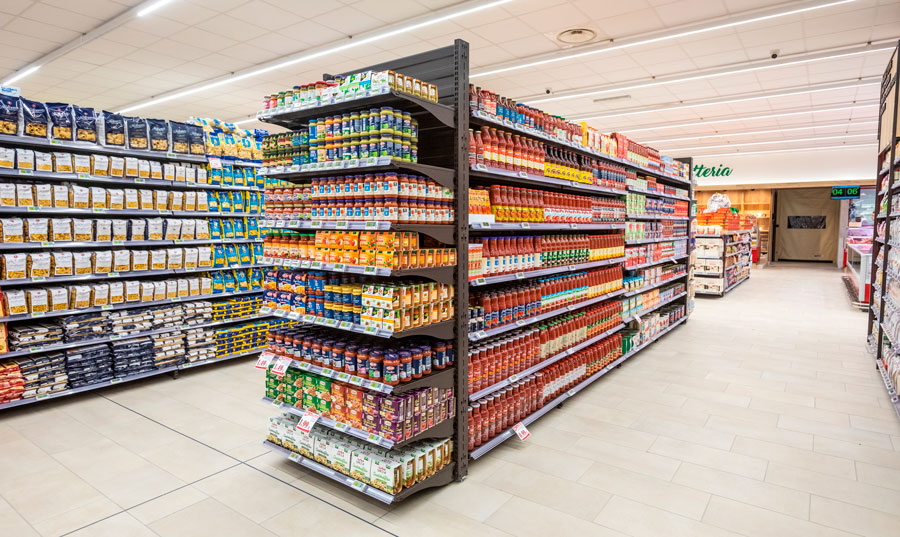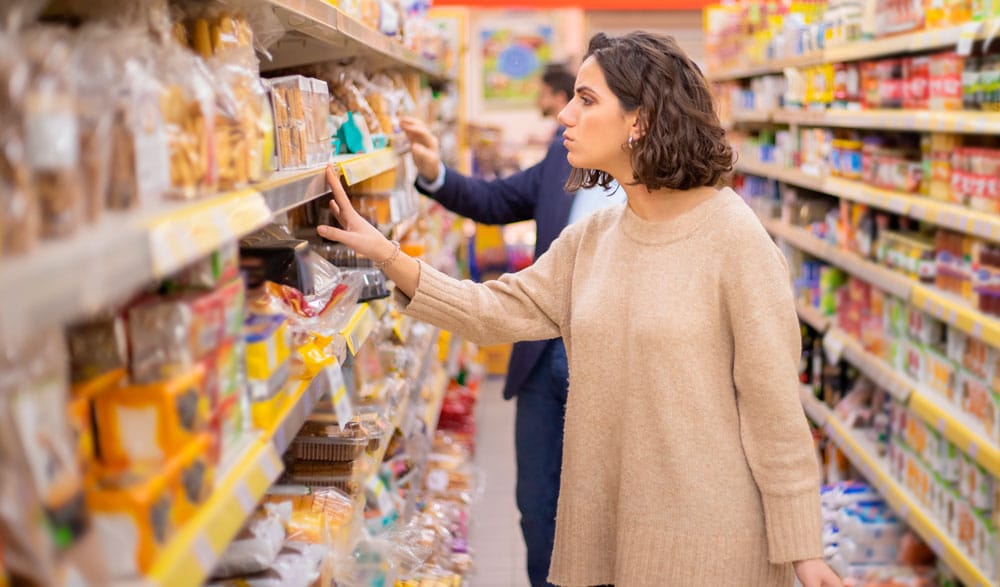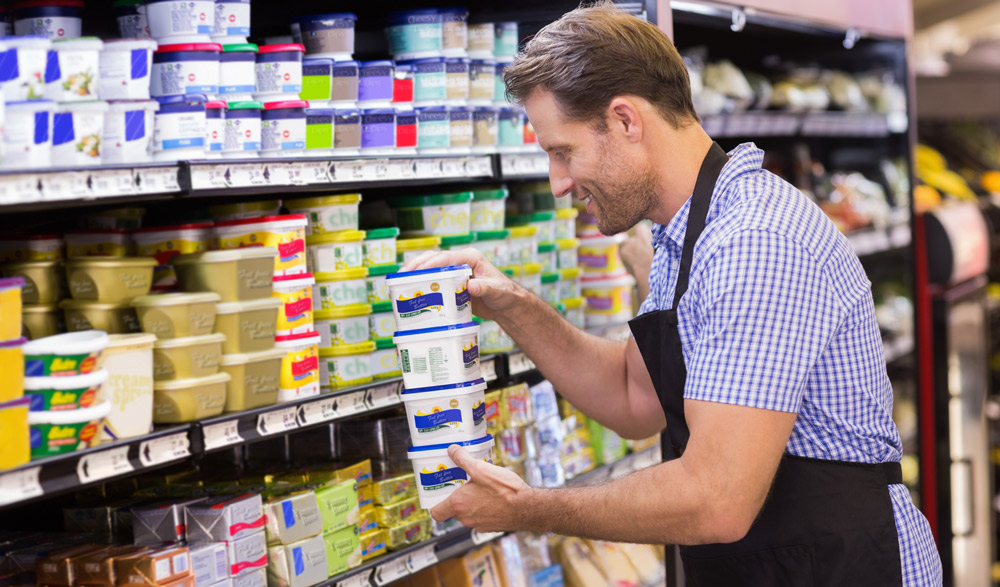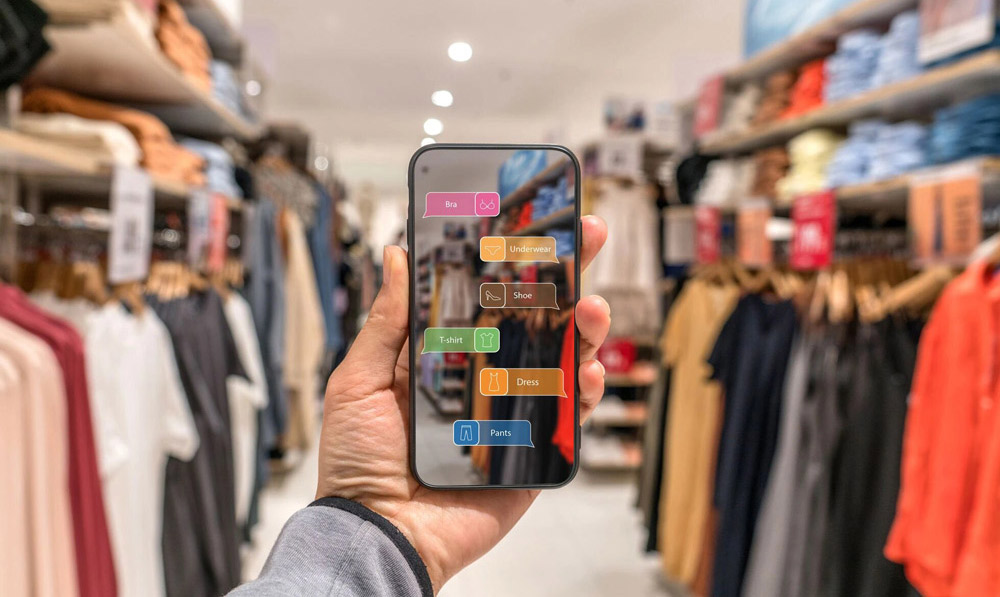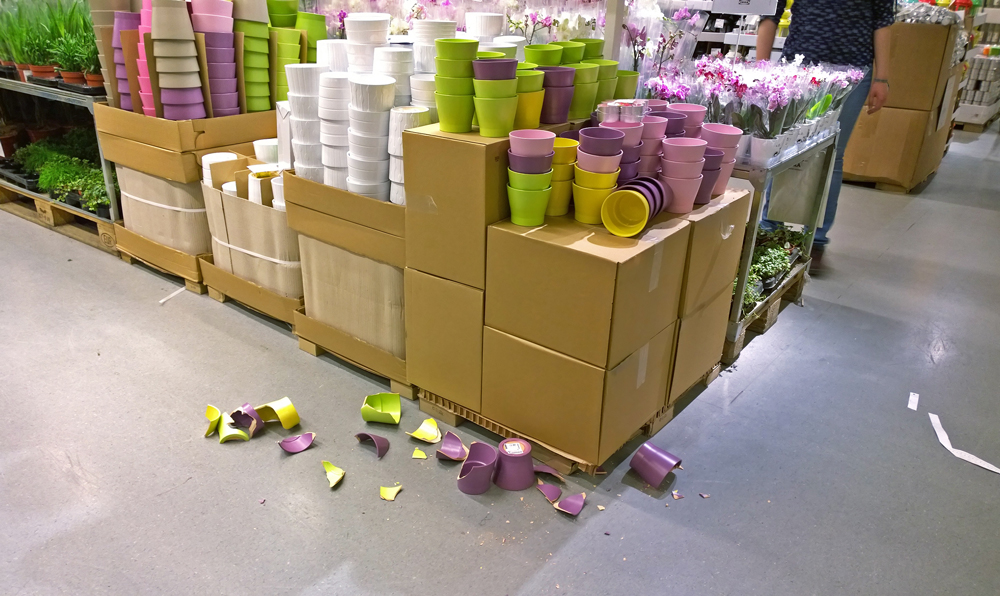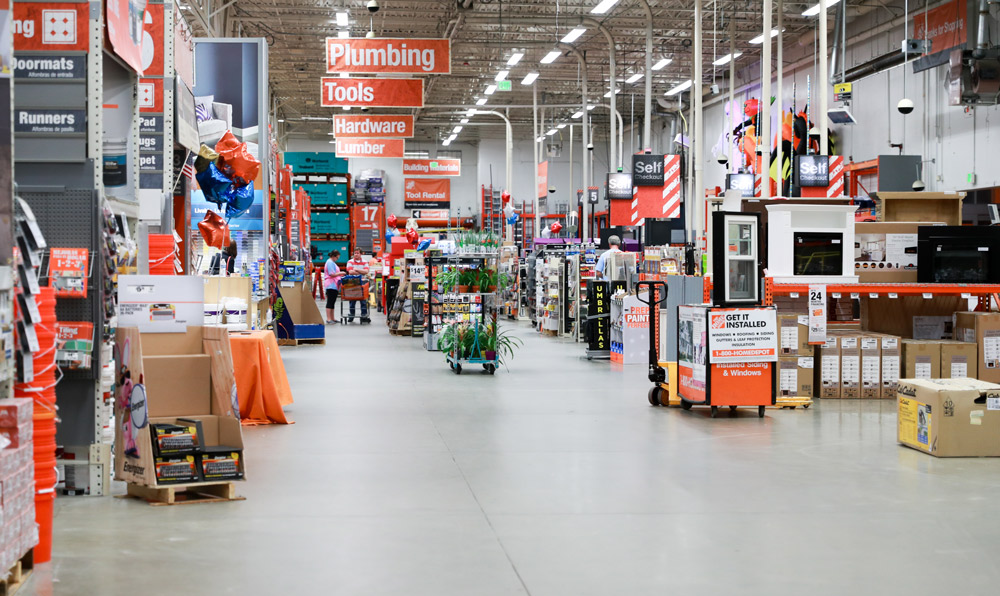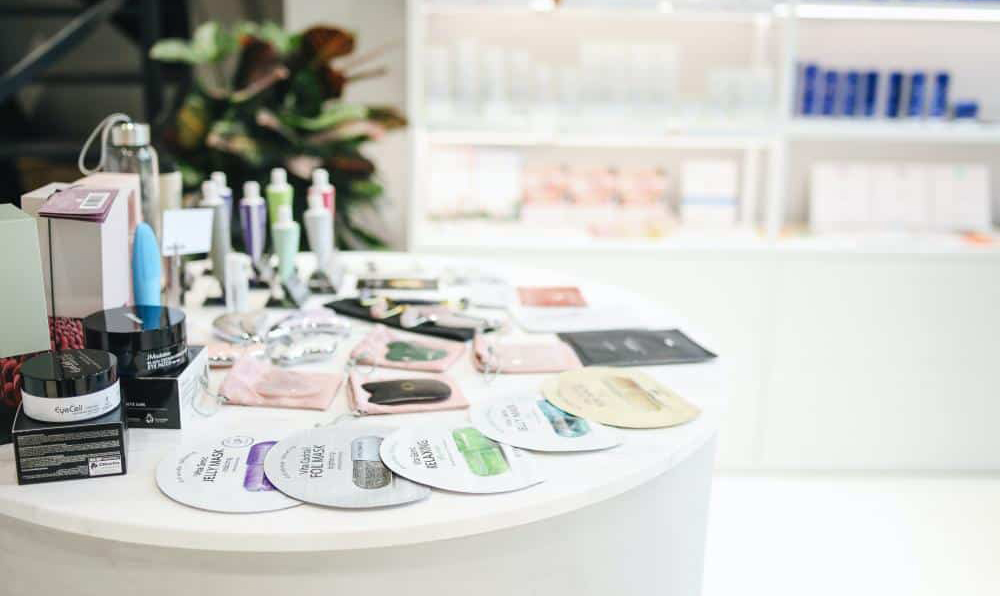Source: www.america-retail.com
Hot spots are focal points in a store, where customers frequently look before or after entering a store or while turning down an aisle. These generally occur at points with high exposure to shoppers by featuring products that are best-selling, promotional, discount, seasonal and high profitability items with creative store design.
Depending on the store’s nature, size and design, hot spots may be located in different areas. For example, they can be found near the entrance, where the passing crowd enters the store, or in window displays, demonstration areas, bulk stacks and endcaps. These areas provide good selling opportunities and ample product exposure compared to others.
Hot spots get the most foot traffic and result in the most stock turns in the retail store. Retailers can decide the type of products, the number of items and fixtures, and the category of products to be included in a hot spot with the support of the Visual Merchandising team. That will help in-store shelf planning, layout design, and aesthetically executing retail shelves to attract customers.
Retailers can place hotspots, routes in a store where displays are in direct line of sight for shoppers or cold zones. This helps achieve special attention from shoppers and excellent potential for in-store sales. he following are visual merchandising ideas to make the most of a store’s hot spots:
Choose the right combination of hot spots for the store.
When planning the hot spot for a retail store, a retailer must decide which products should be added to the shelves Therefore, a retailer can select the right combination of items to highlight in his store.
It can select a maximum of three related items as the main product to cross merchandise with the other two associated products. For example, bread can be placed with jam or sweetened cocoa butter.
Use color blocking
This helps improve the visual aesthetics of product displays and increases in-store sales. During different seasons, stores indulge in visual merchandising involving various colors at Christmas, Valentine’s Day, and other festive seasons.
Keep shelves as full as possible
When items run out of stock, make sure to restock or replace them with other articles according to customer tastes, market trends, and the season.
This makes retail displays look lively, fresh, and impactful. Also, remember to change dated displays, products, and shelf signage as the season or promotion ends.
Liven up cold spot areas.
Cold spots are the areas least visited by customers, resulting in low sales. This can be overcome by keeping aisles as wide as possible to catch customers’ attention by placing discount tags on retail store shelves.
Counter areas
These are excellent places for last-minute reminders. Retailers can place products that customers may have forgotten about, seasonal products, candy, small toys or children’s products and other items. This helps to encourage impulse purchases and unplanned purchases in retail stores.


